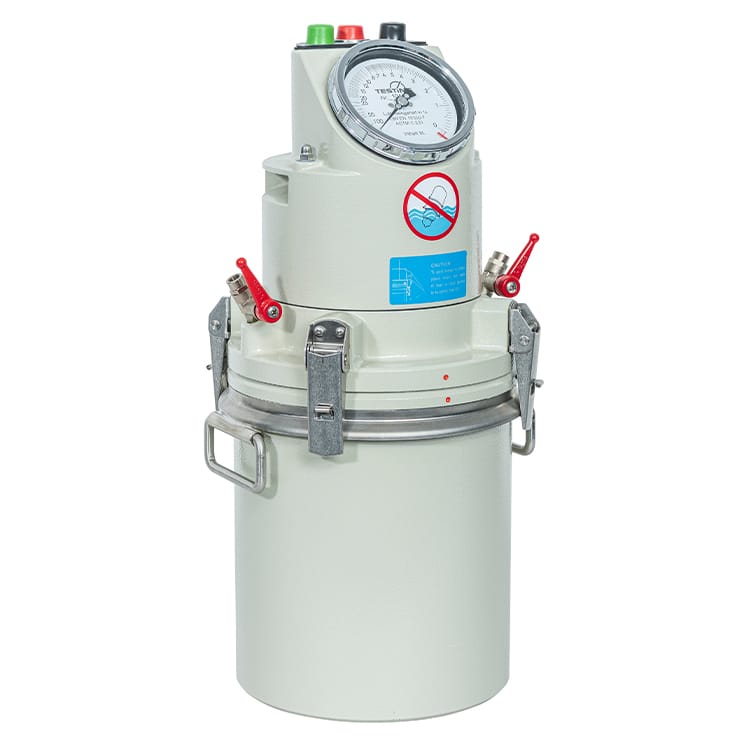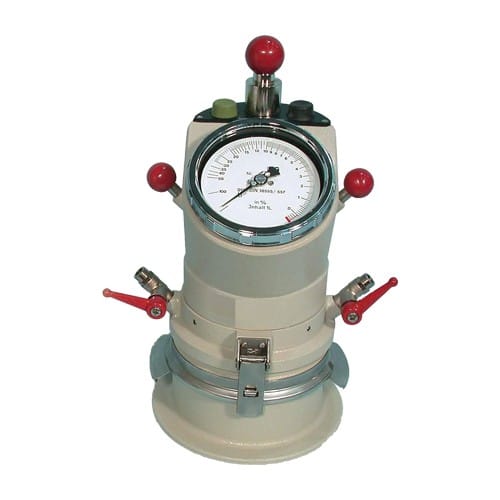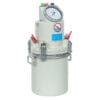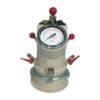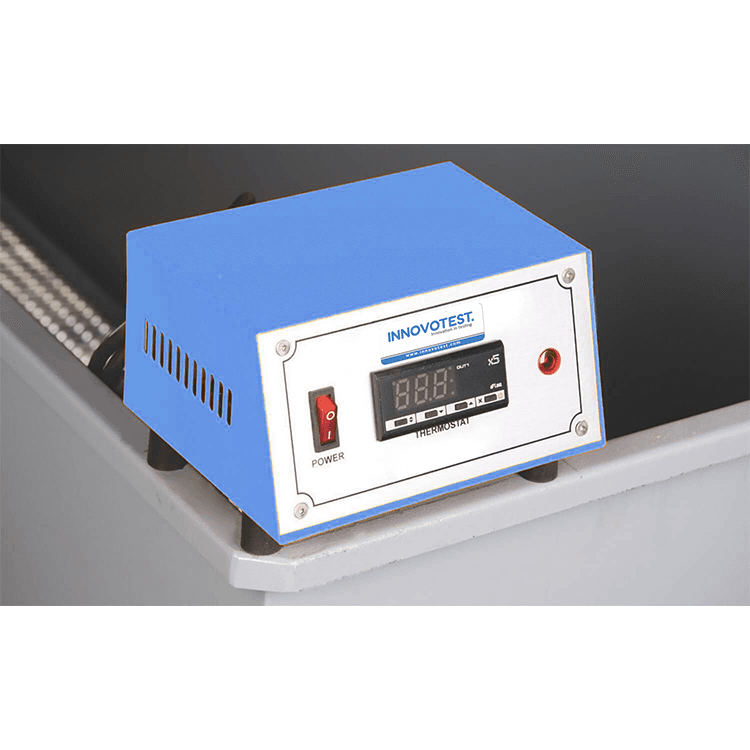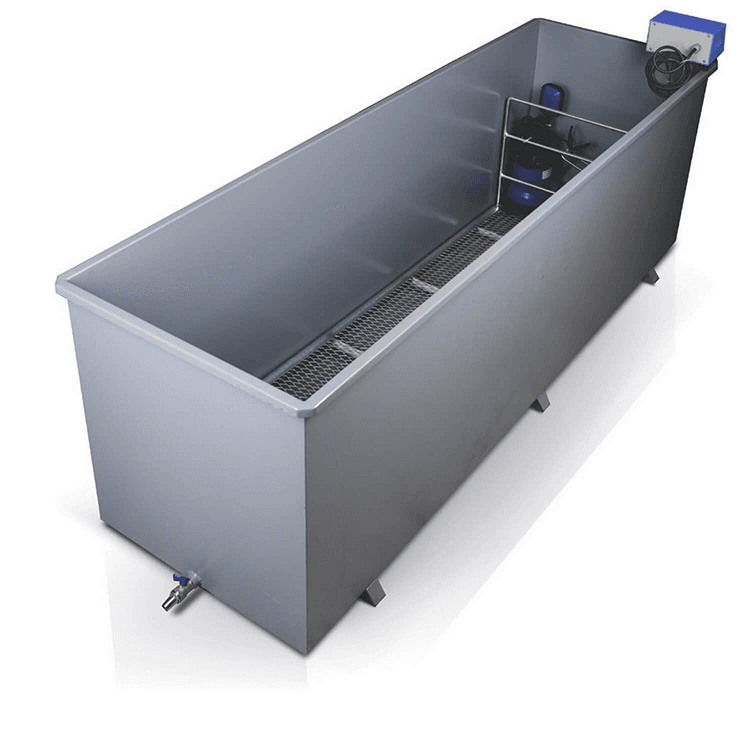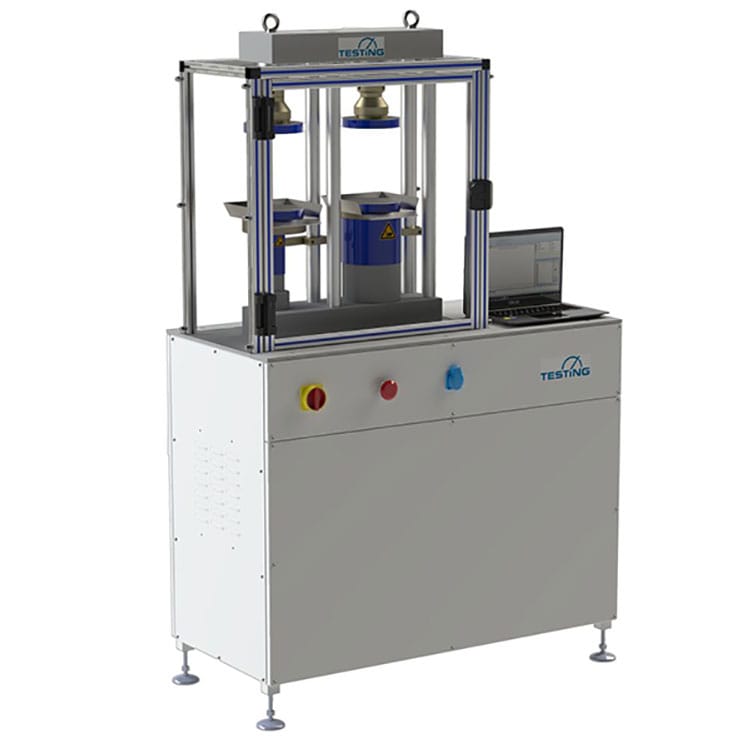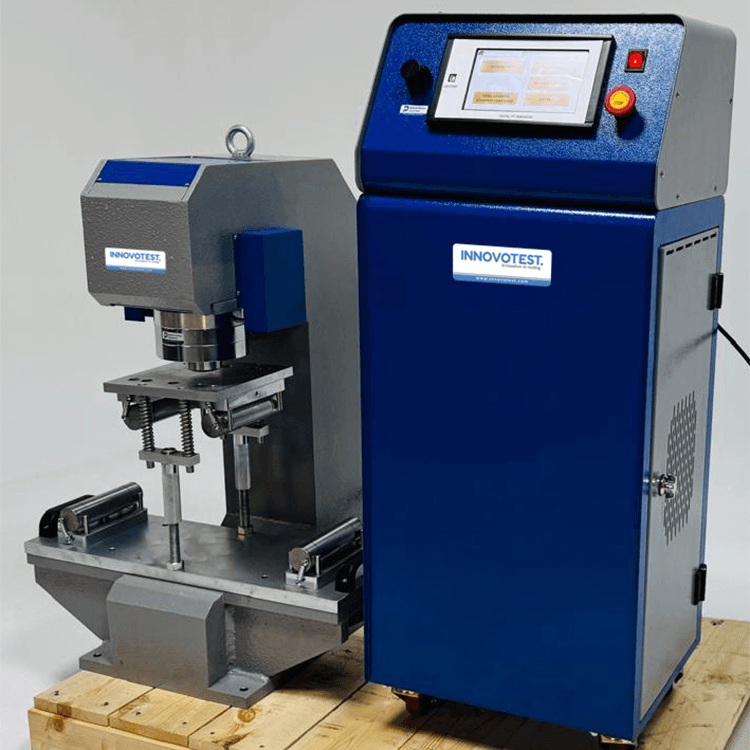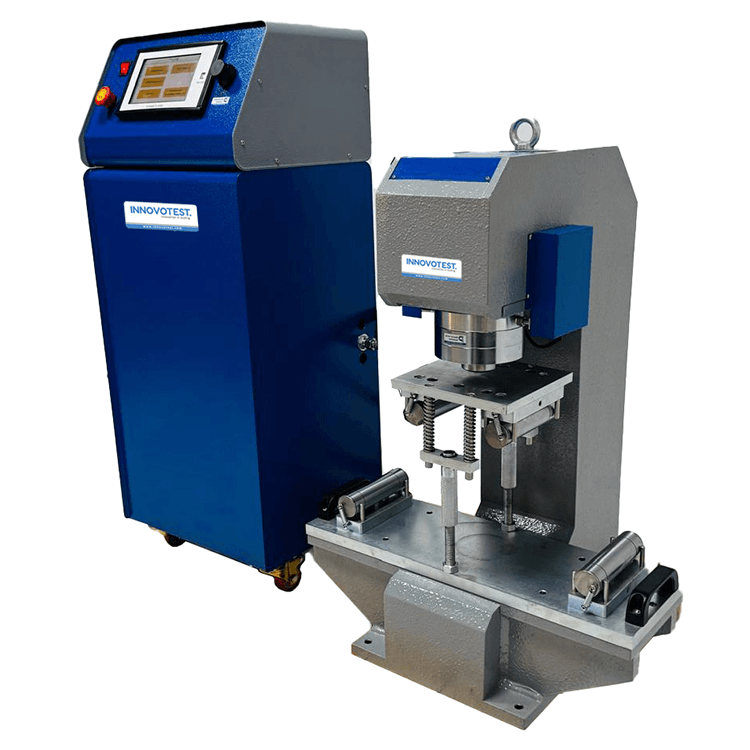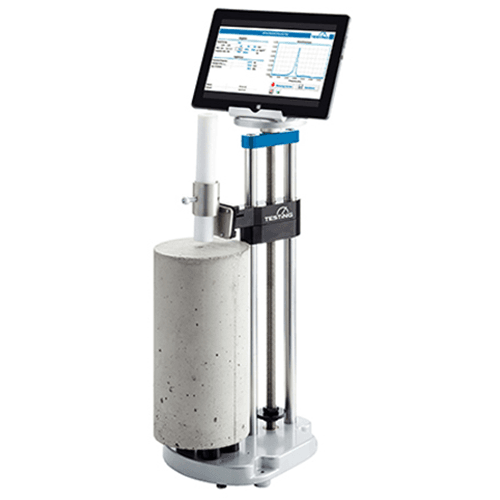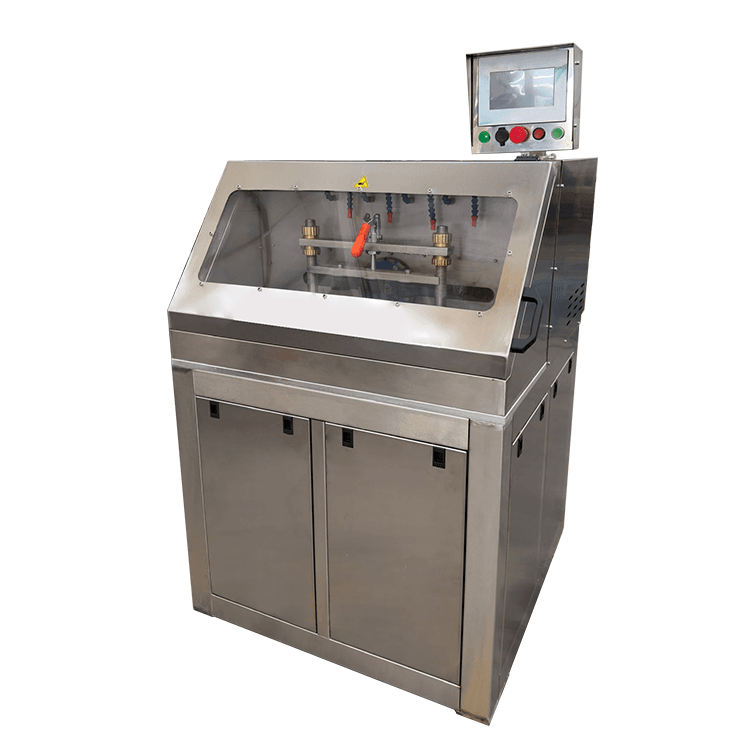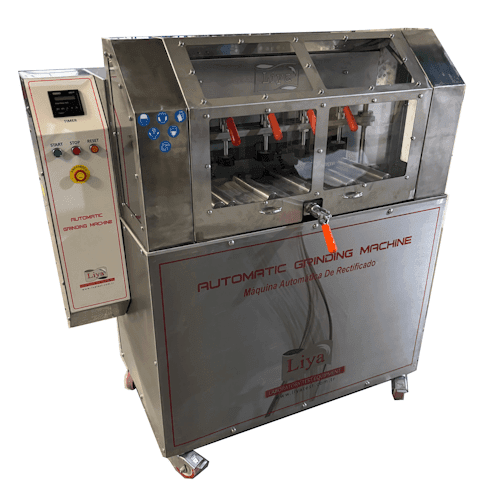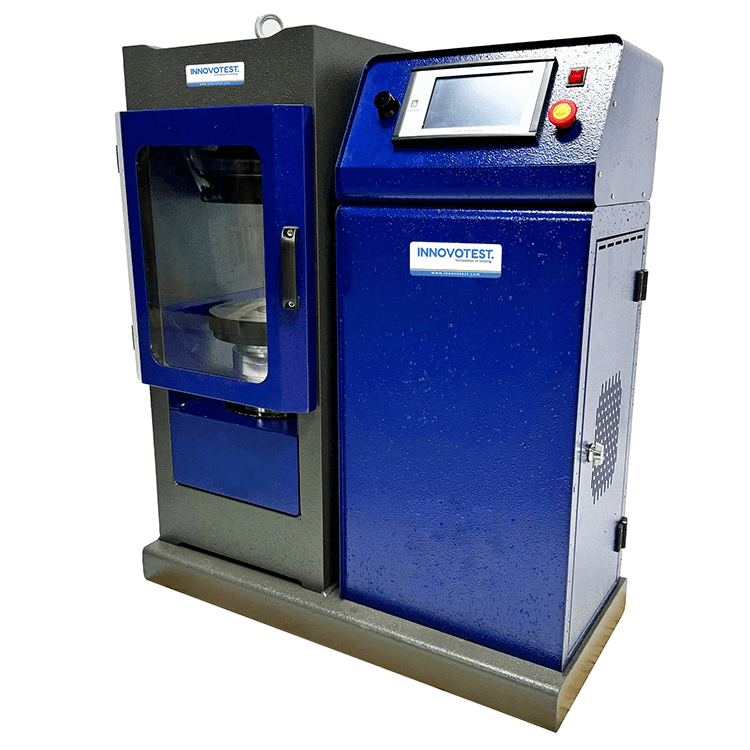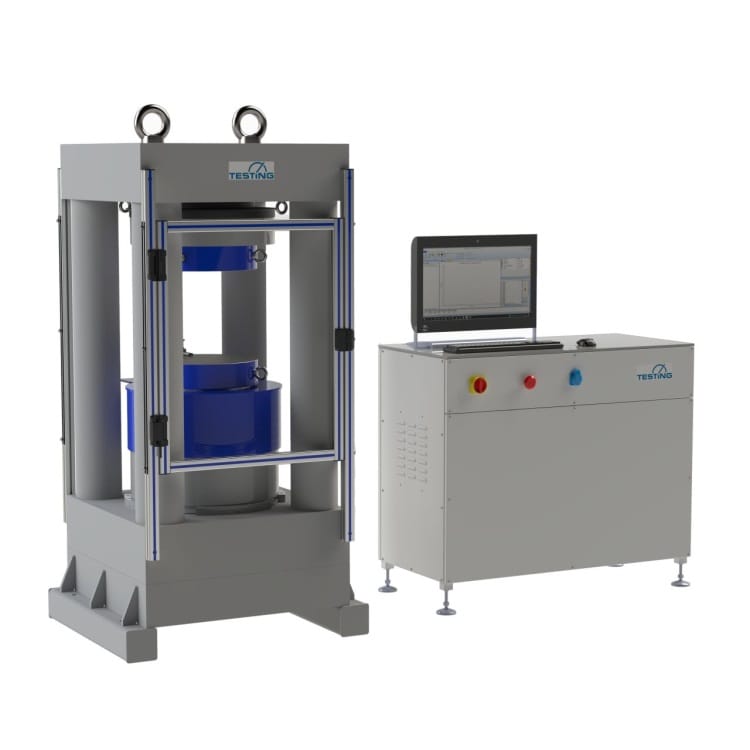Air Entrainment Meter
The Air Entrainment Meter is used to determine the air content in freshly mixed concrete by the pressure method. This measurement is essential for evaluating concrete durability, particularly in freeze-thaw environments and structural applications.
In compliance with standards such as EN 12350-7 and ASTM C231, the meter determines the air void percentage by applying a known pressure over a sample and measuring the volume displacement.
Key features include:
Rigid cast aluminum construction
Precision dial gauge or digital display
Locking clamps and pressure-tight lid
Fast-release air valve
Easy-clean components and compact design
Available in various capacities (typically 7 L and 8 L), air entrainment meters are reliable tools for on-site and lab-based concrete quality control.
Here’s a direct comparison between Liya and Testing.de models. Helping you choose the best-fit air entrainment meter for your concrete quality control needs.
Key Features Comparison – Air Entrainment Meter
Feature |  |  |
|---|---|---|
| Standards Compliance | EN 12350-7, ASTM C231 | EN 12350-7, ASTM C231 |
| Container Capacity | 7 – 8 Liters | 8 Liters |
| Construction Material | Cast aluminum body | Cast aluminum |
| Pressure Gauge | Analog dial gauge | Analog dial gauge (calibrated) |
| Clamping Mechanism | Lever-type locking clamps | Quick-lock handles |
| Pressure Release Valve | Manual valve | Fast-release valve |
| Accessories Included | Tamping rod, rubber mallet, straight edge | Tamping rod, mallet, calibration certificate |
| Handle & Portability | Integrated carry handle | Carry handles with rubber grips |
| Calibration Certificate | Optional | Supplied as standard |
| Use Case | Site and lab use | Site and lab use |

